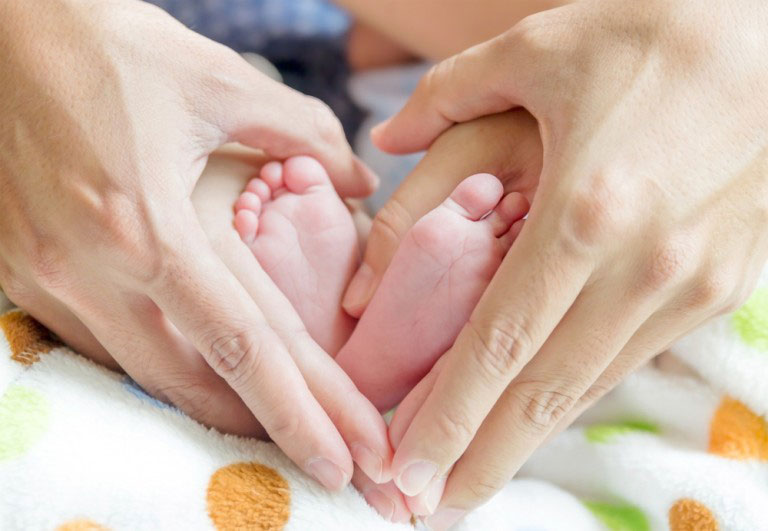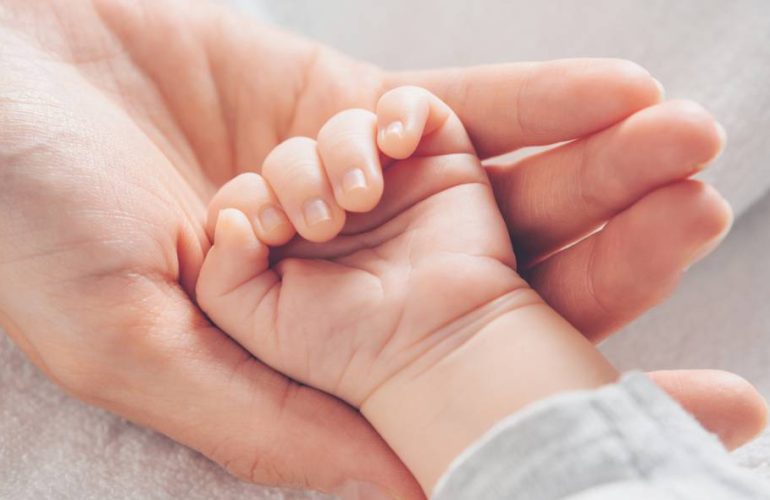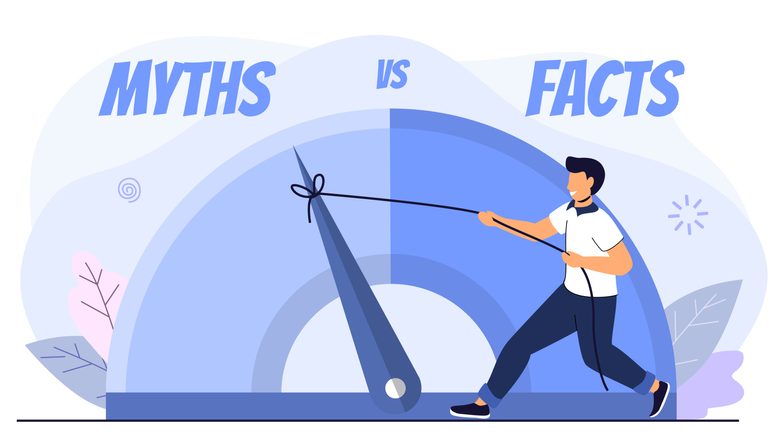Preserving Fertility: A Closer Look at the Egg Freezing Procedure
In recent years, egg freezing has gained significant popularity as a means of preserving fertility for women who may want to delay childbearing or are facing certain medical conditions. This innovative procedure offers women the opportunity to freeze their eggs, preserving their reproductive potential for future use. In this blog post, we will take a closer look at the egg freezing procedure, step by step.
Step 1: Initial Consultation
The egg freezing journey begins with an initial consultation with a fertility specialist. During this consultation, the specialist will discuss the process, assess the individual’s medical history, and provide guidance based on their specific circumstances. This is also an opportunity for the individual to ask any questions and address any concerns they may have about the procedure.
Step 2: Ovarian Stimulation
To increase the chances of successfully retrieving multiple mature eggs, the individual undergoes a process called ovarian stimulation. This involves taking hormonal medications, typically in the form of daily injections, for around 10 to 12 days. These medications stimulate the ovaries to produce multiple mature eggs instead of the single egg that would typically be released during a natural menstrual cycle.
Step 3: Monitoring and Follicle Growth
During the ovarian stimulation phase, regular monitoring appointments are scheduled to monitor the individual’s response to the medications. Transvaginal ultrasounds and blood tests are conducted to measure the growth and development of follicles, which contain the eggs. The dosage of the medications may be adjusted during this phase to ensure optimal follicle growth.
Step 4: Egg Retrieval
When the follicles have reached the desired size, the egg retrieval procedure is scheduled. This is a minimally invasive outpatient procedure that is typically performed under sedation or light anesthesia. Using a transvaginal ultrasound probe, the fertility specialist guides a thin needle into each follicle and retrieves the mature eggs. The procedure usually takes around 20-30 minutes.
Step 5: Freezing and Storage
After retrieval, the eggs are carefully examined, and viable eggs are selected for freezing. The eggs are then rapidly cooled and frozen using a process called vitrification. Vitrification involves ultra-rapid freezing, which prevents the formation of ice crystals and preserves the structural integrity of the eggs. The frozen eggs are stored in a cryopreservation facility until they are ready to be thawed and used in the future.
Step 6: Future Use
When the individual is ready to use their frozen eggs, the eggs are thawed in a controlled environment. The thawed eggs are then fertilized with sperm through a process called intracytoplasmic sperm injection (ICSI) to create embryos. The resulting embryos are closely monitored in the laboratory, and one or more high-quality embryos are selected for transfer to the individual’s uterus during a future assisted reproductive technology (ART) procedure, such as in vitro fertilization (IVF).
It’s important to note that the success of egg freezing and future use of the frozen eggs depend on various factors, including the age of the individual at the time of egg retrieval and the quality of the eggs. Each individual’s situation is unique, and the success rates can vary.
In conclusion, the egg freezing procedure offers women the opportunity to preserve their fertility and have more control over their reproductive timeline. Through a series of steps, including ovarian stimulation, monitoring, egg retrieval, freezing, and storage, women can freeze their eggs for future use. Egg freezing has provided hope for countless individuals who want to preserve their fertility options and take charge of their reproductive health. Consulting with a fertility specialist is crucial to understanding the process, assessing individual circumstances, and making informed decisions about egg freezing.
For more information regarding Egg freezing, you can check out Dr Halil’s blog post about Egg Freezing in Cyprus on Crown IVF’s website.
Make sure to check out our previous blog post about egg donation procedure.




